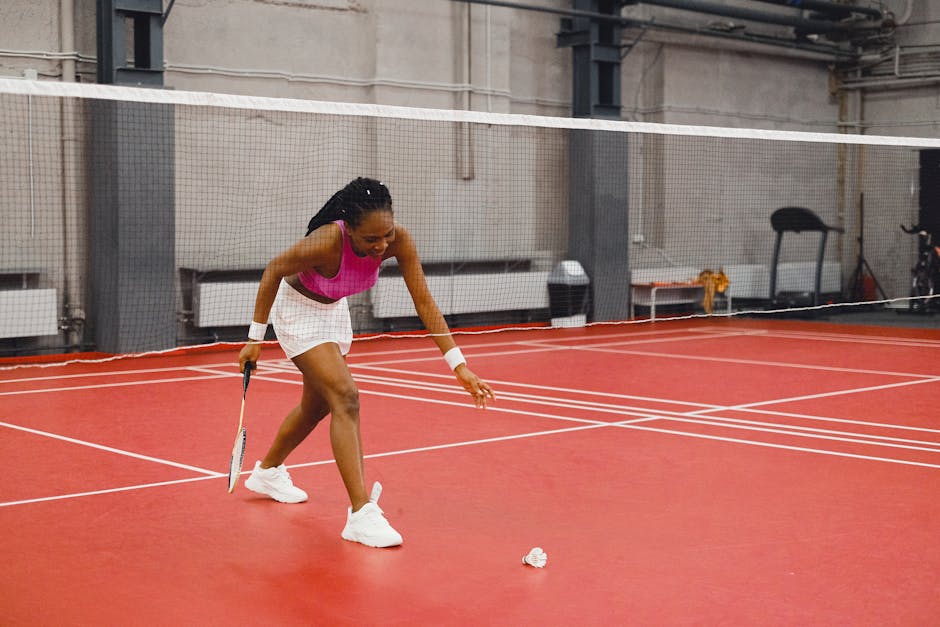Badminton, a sport enjoyed by millions worldwide, demands agility, precision, and the right equipment. At the heart of every player's arsenal lies the badminton racket, a tool that can significantly impact performance and enjoyment. Choosing the right racket can be the difference between a frustrating experience and a truly rewarding one. This guide will navigate you through the essential factors to consider when selecting your perfect badminton racket.
First, consider your skill level. Beginners benefit from rackets with more flexibility and a larger sweet spot, offering greater forgiveness on off-center hits. As your skills progress, you can transition to stiffer rackets that offer more power and control. Intermediate players might opt for a head-heavy balance for powerful smashes, while advanced players often prefer even balance for greater maneuverability and control during quick rallies.
Weight is another crucial factor. Lighter rackets allow for quicker swings and faster reactions, ideal for doubles play and defensive strategies. Heavier rackets, while requiring more strength, generate greater power for aggressive play and offensive smashes. Finding the right balance between weight and your physical capabilities is key.
Grip size plays a significant role in comfort and control. A grip that's too small can lead to wrist strain and inaccurate shots, while a grip that's too large can hinder quick reactions and wrist movement. Experiment with different grip sizes to find the one that feels most natural and secure in your hand.
The racket's balance point, often described as head-heavy, head-light, or even balance, influences swing speed and power. Head-heavy rackets generate more power, while head-light rackets offer greater maneuverability. Even balance rackets provide a compromise between power and control.
String tension also impacts performance. Higher tension provides more control and precision, while lower tension offers greater power and a larger sweet spot. Consider your playing style and preferences when selecting the appropriate string tension.
The material of the racket frame impacts its durability, weight, and flexibility. Aluminum rackets are affordable and durable, making them a good choice for beginners. Graphite rackets are lighter and offer better performance, suitable for intermediate and advanced players. Other materials, such as carbon fiber, offer even greater strength and stiffness.
Ultimately, the best badminton racket is the one that feels right in your hand and complements your playing style. Don't hesitate to try out different rackets and consult with experienced players or coaches to find the perfect match. With the right racket in hand, you'll be well on your way to dominating the court.
